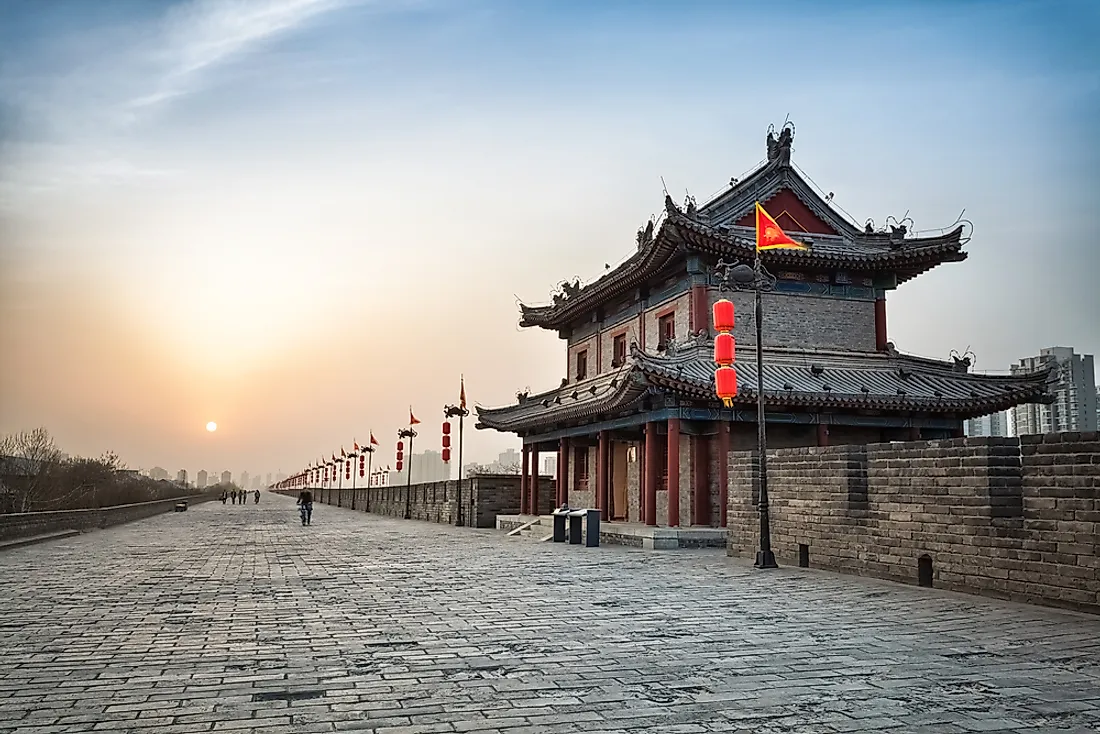The Four Great Ancient Capitals of China

The Four Great Ancient Capitals of China are Beijing, Nanjing, Luoyang, and Xi'an. Between the 1930s and the early 2000s, archaeologists unearthed further evidence suggesting the existence of additional capitals, including Kaifeng, Hangzhou, Anyang, and Zhengzhou. In addition to being a historical capital, Beijing has served as the current capital of the People's Republic of China since 1949. During the Chinese Civil War, Taiwan broke away from mainland China and established its own capital, Taipei.
Four Great Ancient Capitals of China
Beijing
Beijing, which is the current capital of China, has a long history that dates back more than 3,000 years. Before the first emperor unified the country in 221 BCE, Beijing served as capital of the ancient states of Yan and Ji, and was a developing provincial city in northern China during the imperial rule until the 13th century, when it became capital of the Jin and Liao dynasties. Beijing first became the capital of China during the Yuan dynasty (1279–1368), and later served as capital during the Ming and Qing dynasties, the Republic of China (1912–1928), and the current People's Republic of China.
Nanjing
Nanjing holds a prominent place in China's history, as it served as the capital of several dynasties, kingdoms, and republican governments from the third century until the mid-twentieth century. Six of China's great dynasties, including the Eastern Wu, Eastern Jin, Liu Song, Southern Qi, Liang, and Chen dynasties, had capitals in Nanjing. During the Ming dynasty, the capital was moved to Beijing, but Nanjing remained an important economic and political center. In January 1912, the Xinhai Revolution resulted in the formation of the Republic of China, and Nanjing was named as its capital. In 1937, Japan invaded China, capturing the city and killing more than 350,000 people in what came to be known as the Nanjing Massacre. During the Chinese Civil War, the People's Liberation Army (PLA) captured Nanjing and downgraded its status to the provincial capital of Jiangsu Province, and named Beijing as the national capital.
Luoyang
Luoyang has been an important city throughout the history of China, serving as the capital of the Eastern Zhou dynasty (770-255 BCE) and during the latter part of the Han dynasty (206-220 BCE). During the Eastern Han dynasty, Luoyang was the capital and start of the Silk Road, but the capital was later moved to Changan (now Xi'an), which was located further west in a more strategic position. The city also partially served as the capital of the Sui dynasty before flourishing as the capital of the Tang dynasty (618-907 CE).
Xi'an
Xi'an, which was historically known as Changan, is considered to be one of the birthplaces of Chinese history and civilization. Xi'an has existed for approximately 6,000 years, and for a period of 1,200 years the city was capital of 13 dynasties, including the Han and Tang dynasties. The city became a popular cultural and economic center, and was the starting point of the Silk Road that connected China to the rest of Asia and Europe. Over time, the city's status faded, and it was named the provincial capital of Shaanxi Province, after the formation of the People's Republic of China.











